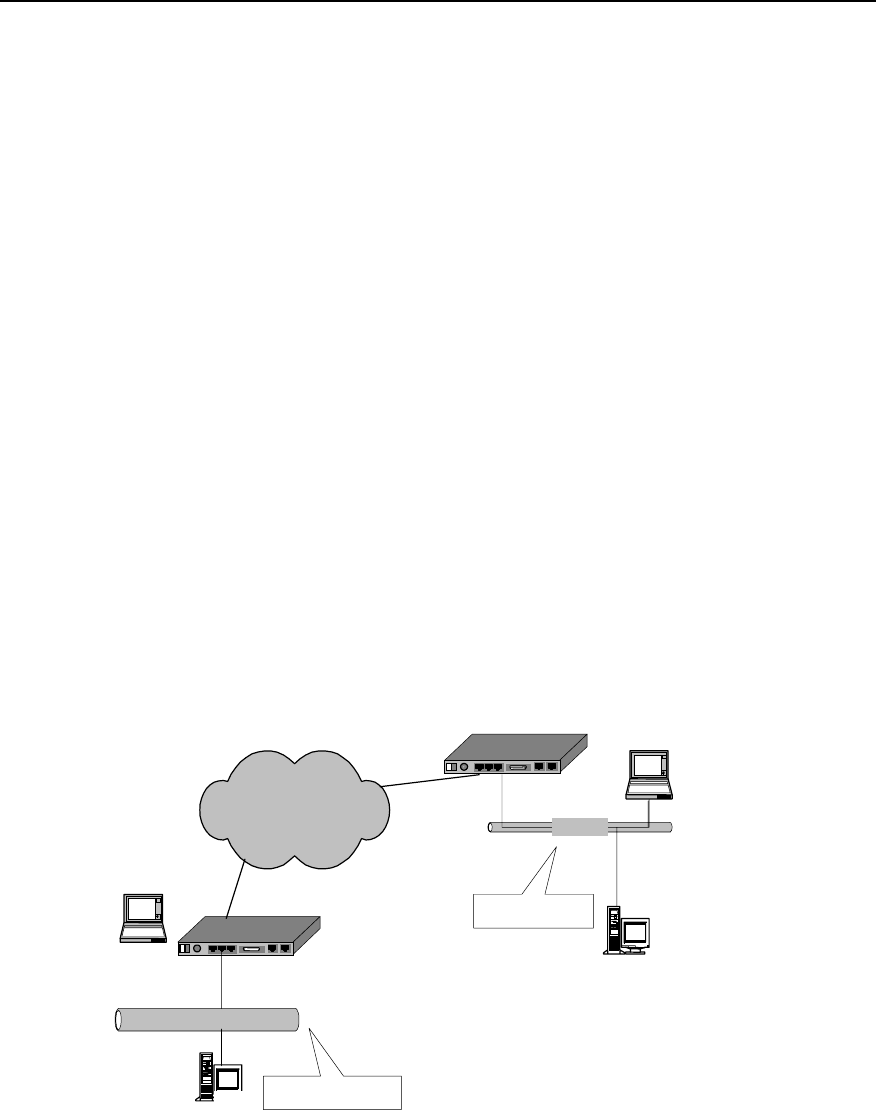
User Manual - Configuration Guide (Volume 3)
Versatile Routing Platform
Chapter 3
Congestion Management
3-1
Chapter 3 Congestion Management
3.1 Congestion and Congestion Management
3.1.1 About Congestion
For a network unit, if data packets reach the interface at a speed faster than that the
interface can transmit the data packets, congestion will occur at this interface. And
some packets may be lost if there is no enough space to store them. The loss of data
packets will in turn cause the same host or router to redirect the data packets due to
timeout, as a result, a vicious circle will happen.
There are many factors to cause congestion. For example, if the packet flow enters the
router from a high-speed link and is sent out from a low-speed link, congestion will
occur. And if packet flows enter the router from several interfaces at the same time
while they are sent out from one interface or the processor speed is slow, congestion
will also occur.
As shown in the figure below, two LANs of an enterprise is interconnected through a
low-speed link. When a user in LAN1 sends data packets to a user in LAN 2,
congestion may occur at the interface that connects the router of LAN 1 with the low-
speed link. If an important application is running between the servers of the two LANs,
while an unimportant application is running between the two PCs, the important
application will be affected.
DDN/FR/ISDN/PSTN
Quidway router
Ethernet
Server
Ethernet
PC
Server
Company’s LAN 1
Company’s LAN 2
Quidway router
PC
10 M
10 M
Congestion occurs
Figure QC-3-1 Example of congested network
3.1.2 Congestion Management Policy
When congestion occurs, some packets may be discarded if there is no enough buffer
to store them. The loss of data packets will in turn cause the same host or router to


















